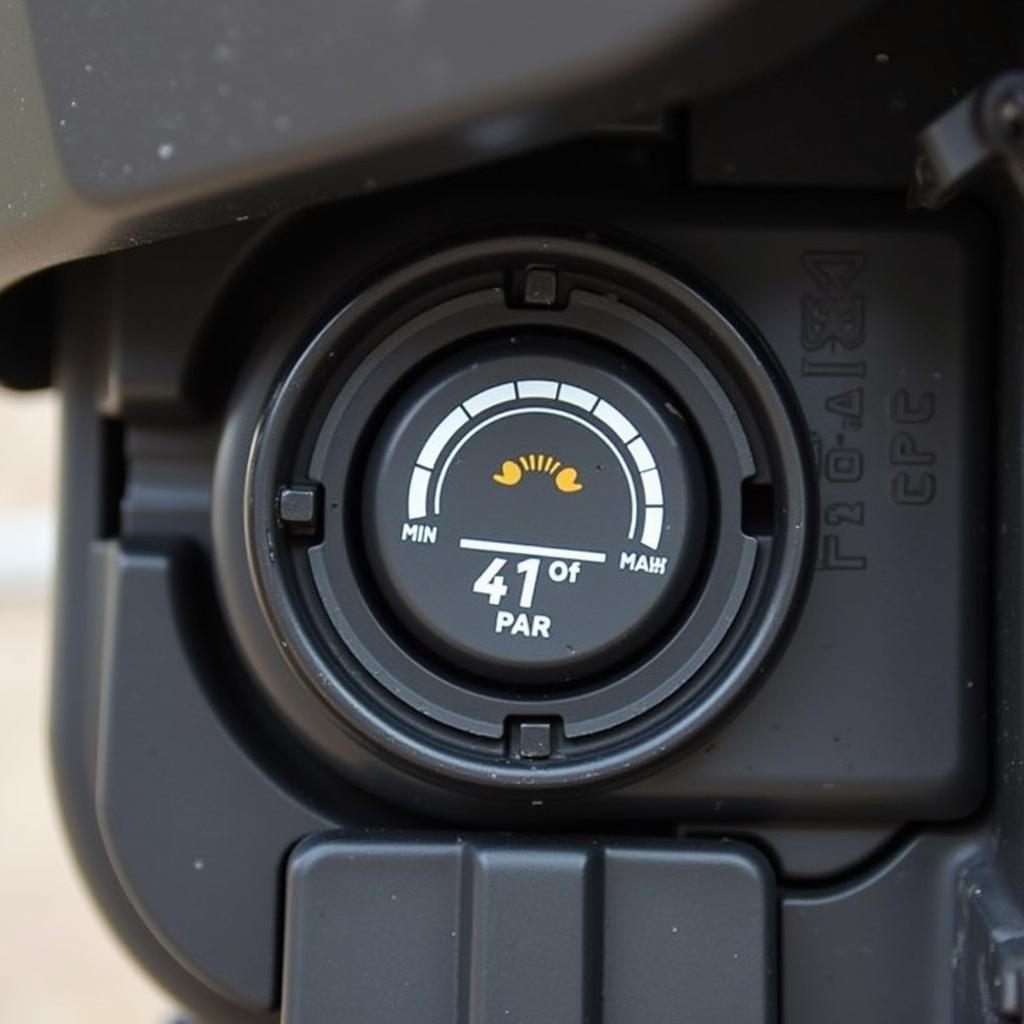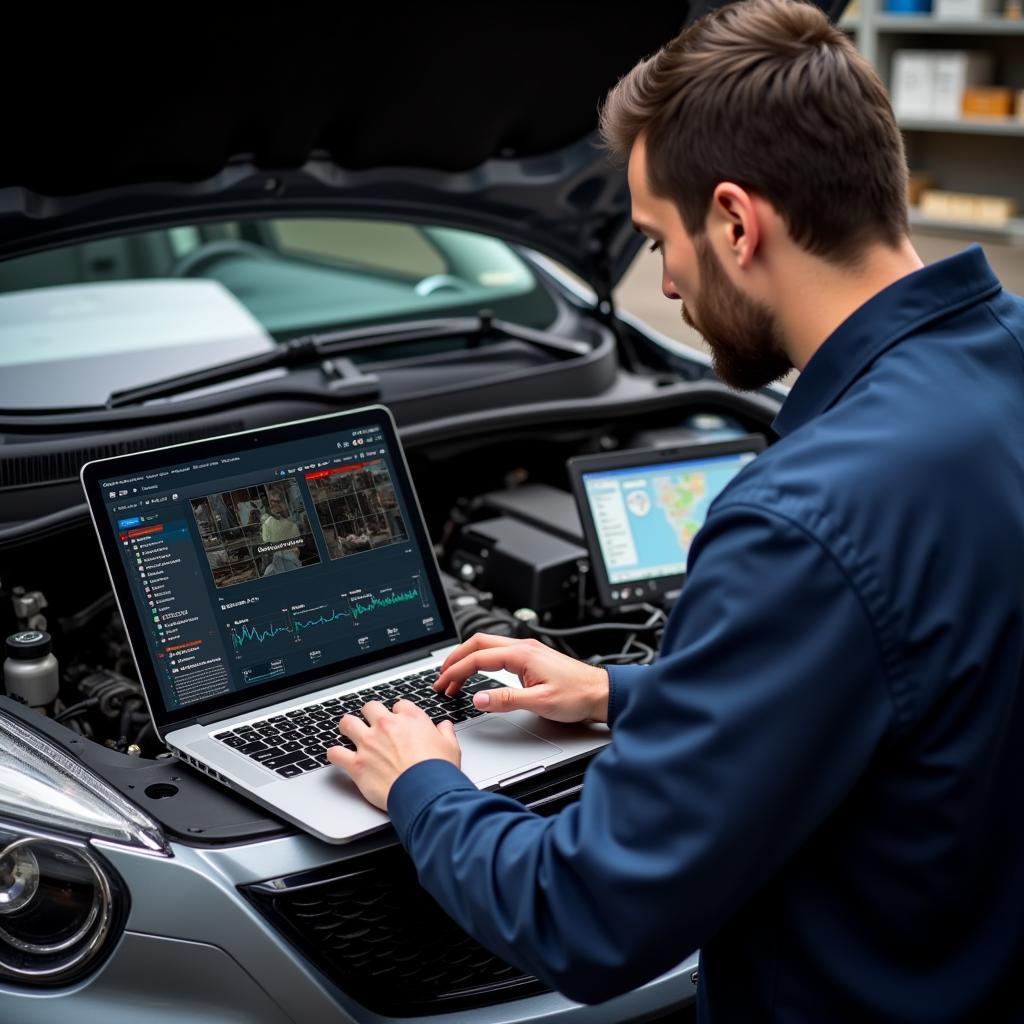Imagine this: you’re ready to hit the road, but your car won’t start. The culprit? A possible issue with your vehicle’s immobilizer system, often referred to as “25 combination anti-theft.” This security feature, designed to deter theft, can sometimes cause unexpected headaches for car owners.
Understanding 25 Combination Anti-theft
In simple terms, “25 combination anti-theft” likely refers to a type of immobilizer system that uses a complex code to verify the authorized car key. This code, unique to your car, is embedded within your key fob or transponder key. When you try to start your car, the immobilizer system checks for this code. If the correct code isn’t received, the system assumes an unauthorized attempt to start the engine and shuts down the ignition system.
Recognizing the Signs
How can you tell if you’re dealing with a “25 combination anti-theft” problem? Here are some common indicators:
- Engine Cranks but Doesn’t Start: This is the most common symptom. Your engine might turn over, but it won’t fire up.
- Security Indicator Light: Look for a flashing or illuminated security light on your dashboard. This is often a telltale sign of an immobilizer issue.
- Key Not Recognized: If your car doesn’t seem to recognize your key (especially keyless entry systems), the immobilizer system might be the reason.
Essential Diagnostic Tools
To troubleshoot and potentially fix “25 combination anti-theft” issues, having the right tools is crucial. Here’s what you’ll likely need:
- High-Quality Diagnostic Scanner: A sophisticated scanner, such as those offered by Cardiagtech, can read and interpret the fault codes stored in your car’s computer, pinpointing the exact problem.
- Programming Capabilities: Some issues might require reprogramming the immobilizer system or pairing a new key. This often necessitates a specialized programming tool.
Troubleshooting Steps
Note: The following steps are general guidelines. Consult your vehicle’s service manual or seek help from a qualified automotive electrician for specific instructions.
- Check the Basics: Begin with the simplest possibilities. Ensure your car battery is charged, the key fob battery isn’t dead, and you’re using the correct key for your vehicle.
- Scan for Codes: Use your diagnostic scanner to read any fault codes related to the immobilizer system. These codes can provide valuable clues about the source of the problem.
- Inspect Key and Ignition: Carefully examine your car key for any damage or wear, particularly the transponder chip. Also, inspect the ignition cylinder for any debris or malfunctions.
- Reprogramming or Replacement: Depending on the diagnostic results and your level of expertise, you might need to reprogram the immobilizer system or have a new key programmed. This often requires specialized equipment and knowledge.
Frequently Asked Questions
Q: Can I fix a “25 combination anti-theft” problem myself?
A: It depends on the specific issue. Simple checks like battery replacement are doable, but complex problems might need expert help.
Q: How much does it cost to fix a “25 combination anti-theft” issue?
A: Costs vary widely. A simple battery replacement could be inexpensive, but reprogramming or replacing components can be significantly more costly.
Q: What if I’ve tried everything and still can’t start my car?
A: At this point, it’s best to reach out to a qualified automotive electrician specializing in vehicle electronics and immobilizer systems.
Need Expert Help? Connect with Cardiagtech
Immobilizer problems, especially those related to “25 combination anti-theft,” can be complex. If you’re unsure about any step or require professional assistance, don’t hesitate to contact CARDIAGTECH. We offer advanced diagnostic solutions and expert support to get you back on the road quickly and safely.


